
OR
NOC reluctant to enforce automated pricing system even as it earns Rs 2 billion profit a month
Published On: July 7, 2023 09:00 PM NPT By: Dilip Paudel
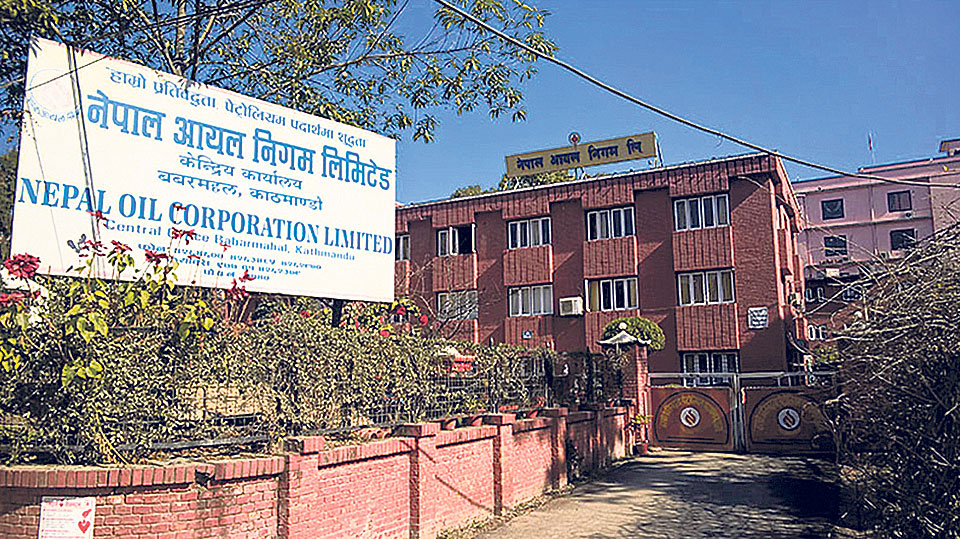
KATHMANDU, July 7: Nepal Oil Corporation (NOC) has earned profit of Rs 1.11 billion within 15 days by selling fuel as per the recent price list determined by its supplier - the Indian Oil Corporation (IOC). In this way, the NOC earned a profit of around Rs 2.5 billion in a month.
The state-owned oil monopoly has been selling fuel at a high profit without fully implementing the automated pricing system. Consumers are often at the receiving end when the NOC keeps a lot of profit margin and fixes the fuel price under the pretext of paying its dues to IOC and the Government of Nepal.
Last Monday, the NOC reduced the price of petrol, diesel, kerosene oil by Rs 5 to Rs 7.50 per liter, but even now the corporation is making a lot of profit on those items. The retail price of petrol has been fixed between Rs 167.50 and Rs 170 per liter while the prices of diesel and kerosene have been fixed between Rs 147.50 to Rs 150 per liter. Similarly, the price of aviation fuel has been fixed at Rs 136 per liter for domestic flights and US$ 1.035 per liter for international flights. The cost of cooking gas is Rs 1800 per cylinder.
The NOC is making a profit of Rs 8.61 per liter of petrol, Rs 9.2 per liter of diesel, Rs 23.62 per liter of kerosene, Rs 25.36 per liter of aviation fuel for domestic flights and Rs 42.62 per liter for international flights and Rs 10.73 per cylinder from cooking gas. The NOC should not only focus on profit but must be conscious about the welfare of the consumers. By keeping a fixed amount for administrative expenses and infrastructure construction, NOC can formulate a fully automated pricing system so that the financial benefits and burdens are borne by the consumers of petroleum products.
Purushottam Ojha, former secretary of the Ministry of Industry, says that an automated pricing system should be implemented in trading of petroleum products. “Automated pricing system of fuel is scientific,” said Ojha, “There should be no hesitation and dilly dallying in implementing it.”
According to Ojha, it is necessary to use the automated pricing system because the price of petroleum products increases and decreases when the price increases and decreases in accordance with the rise and fall of prices in the international market.
“This is a sustainable method to determine prices,” he said, “It benefits both the petroleum consumers and the corporation.” The corporation has been fixing the prices according to its will. After the automated pricing system is fully implemented, the price will be determined based on the price suggested by the Indian Oil Corporation (IOC) every 15 days.
In the fully automated pricing system, the NOC can fix prices by keeping a margin of a certain percentage of amount for the administrative and infrastructure expenses.
In this way, when the price decreases internationally, the price will be reduced for the benefit of the consumers and when the price increases, the consumers will have to bear the burden.
Automated pricing mechanism determines the price of petrol, diesel, kerosene, aviation fuel, cooking gas according to the international market prices. Implementing an automated pricing system will benefit the consumers. As the price is determined based on the international market price, the corporation cannot not be criticized either.
The NOC has paid dues worth Rs 31 billion to IOC from mid-July of last year till mid-July this year. The NOC has also cleared a loan of Rs 3 billion taken from Rastriya Banijya Bank. Similarly, NOC has paid installments of Rs 700 million out of Rs 7 billion taken from the government.
As the NOC has now paid off most of its debts and dues, it is the right time to move to an automated pricing system. Consumer rights activist Madhav Timalsina said that the NOC should not hesitate to adjust the prices as per the automated pricing mechanism.
“The state-owned NOC should be accountable to the consumers,” he said, adding, “Consumers will be benefited after the establishment of an automated pricing system.” He said that the NOC is making unnecessary excuses to introduce an automated pricing system. “When the price increases, the corporation increases the price,” he said, “ When the price of fuel decreases, NOC does not reduce the price.”
Officials of the NOC say that it is difficult to bring an automated pricing system because it has to bear massive losses from the sales of cooking gas. Manoj Thakur, the spokesperson for the Nepal Oil Corporation, said that it is difficult to switch to an automated pricing system as the price of cooking gas fluctuates between Rs 200 and Rs 300 per cylinder at a time. “There is no problem in introducing an automated pricing system of diesel, petrol and aviation fuel," he said.
This is how fuel prices are determined
The Indian Oil Corporation (IOC) sends a new price list to Nepal Oil Corporation on 1st and 16th of every English month according to the international market prices. While determining the price, the corporation adds government taxes and revenue, its own expenses, shipping charges, seller's expenses and profit to the purchase price from the IOC. Government tax and revenue includes customs and notification tax, road maintenance fee, pollution fee, infrastructure tax, value added tax, fuel fee, price stabilization fund charge. Administrative and sales expenses, insurance expenses, technical losses, loan interest expenses are also added to the expenses of the NOC. But the NOC determines the price according to its own criteria. The NOC has earned a lot of profit by setting its own price. As a result, the corporation earns Rs 1.11 billion profit in 15 days according to the price determined on July 3. When the automated pricing system is fully implemented, the consumer bears both the burden of the increased price and benefit of the reduced price. Automated pricing system has been in use in international markets for years.
You May Like This
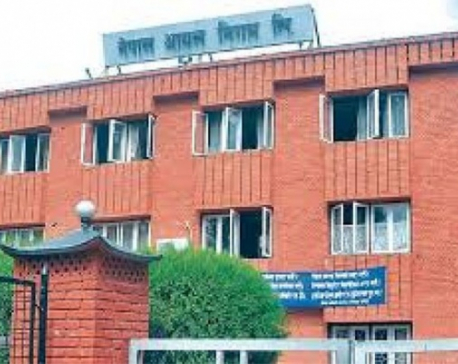
NOC collects Rs 13b for Budhi Gandaki project from consumers
KATHMANDU, Nov 21: Nepal Oil Corporation (NOC) has collected Rs 13 billion from consumers for the Budhi Gandaki Hydropower Project in... Read More...

NOC making huge profit by overcharging consumers
KATHMANDU, May 23: The article of association of Nepal Oil Corporation (NOC) says that the sole objective of the corporation is... Read More...

NOC can import LPG from other countries
KATHMANDU, Mar 14: Nepal will be able to import cooking gas from countries other than India very soon. ... Read More...

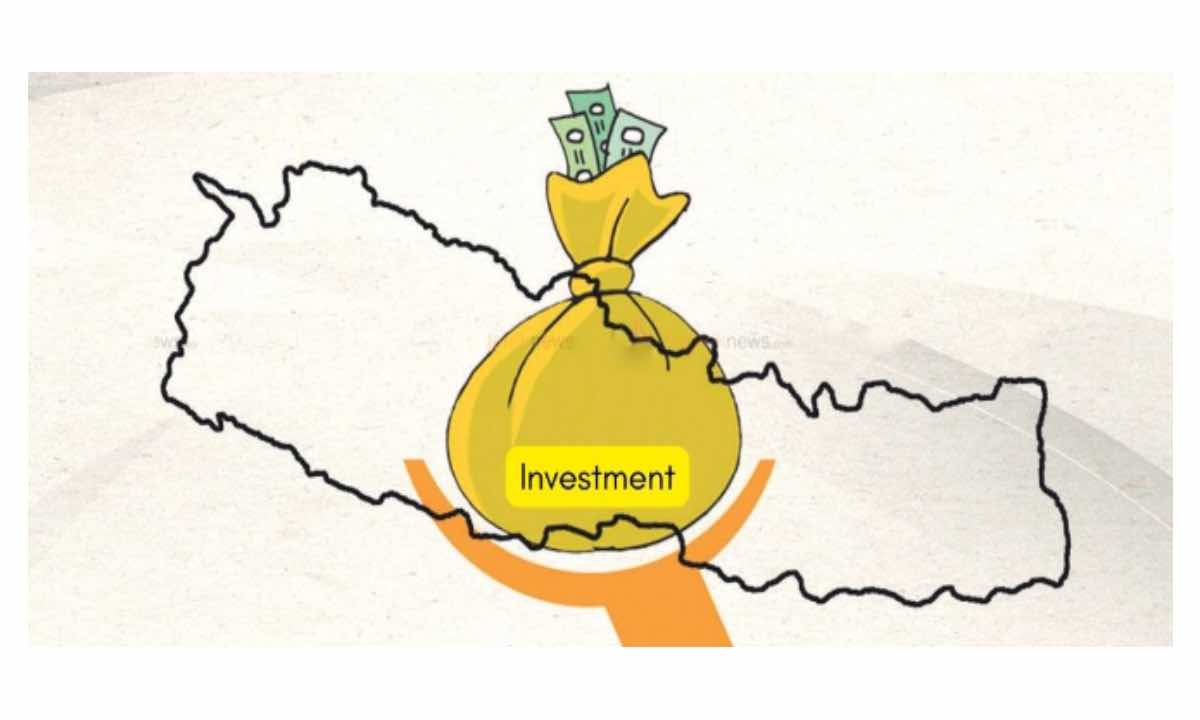

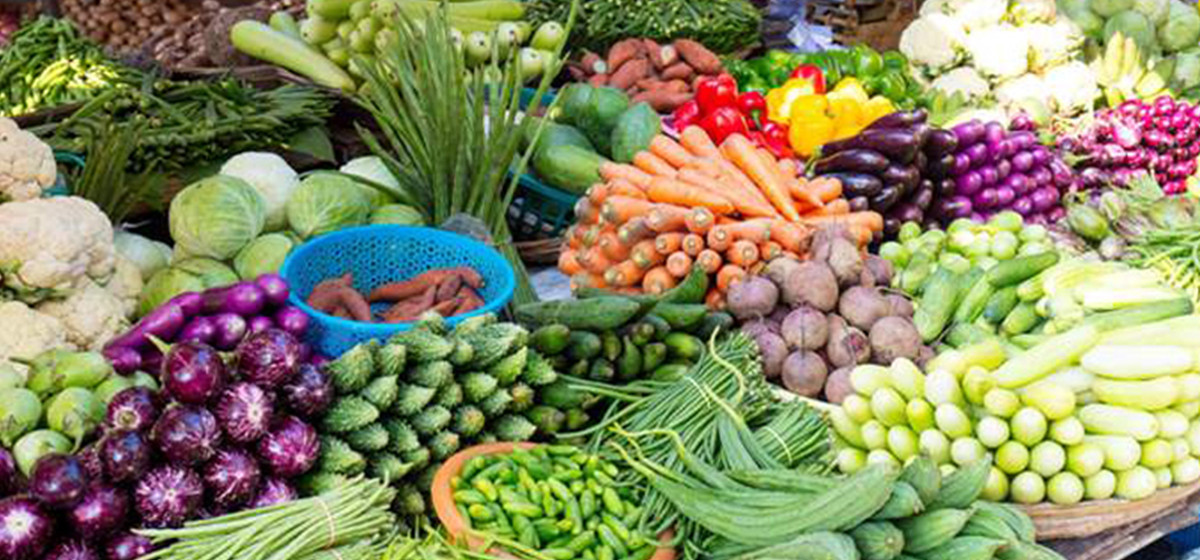
Just In
- Nepal Investment Summit-2024 kicks off today
- Govt proceeds with sovereign credit rating process stalled for three years
- Investing in Nepal for a Noble Cause
- Sunkoshi-Marin Diversion Project’s tunnel construction nears completion, breakthrough scheduled for May 8
- Govt tightens security arrangement for Third Investment Summit 2024
- Pesticide residue found in vegetables in Nepalgunj
- Aam Janata Party and Samajwadi Jana Ekata Party merge
- 1,600 participants confirmed for Nepal Investment Summit







-1200x560-wm_20240427144118.jpg)


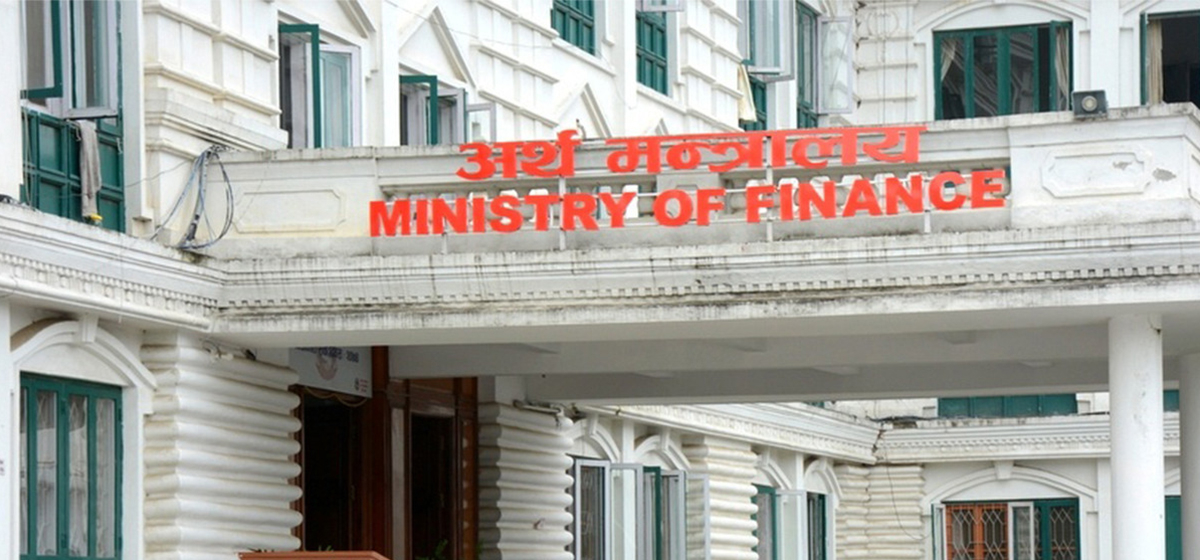

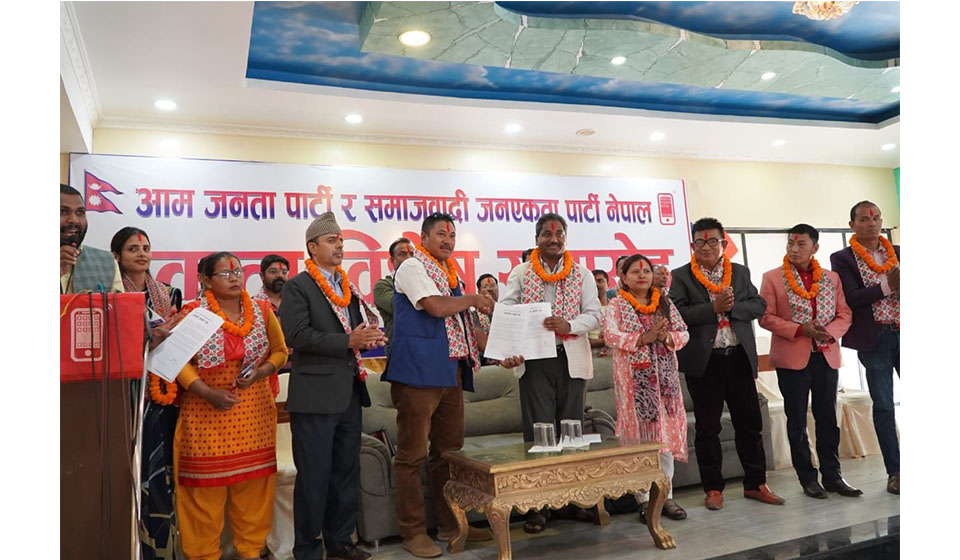
Leave A Comment